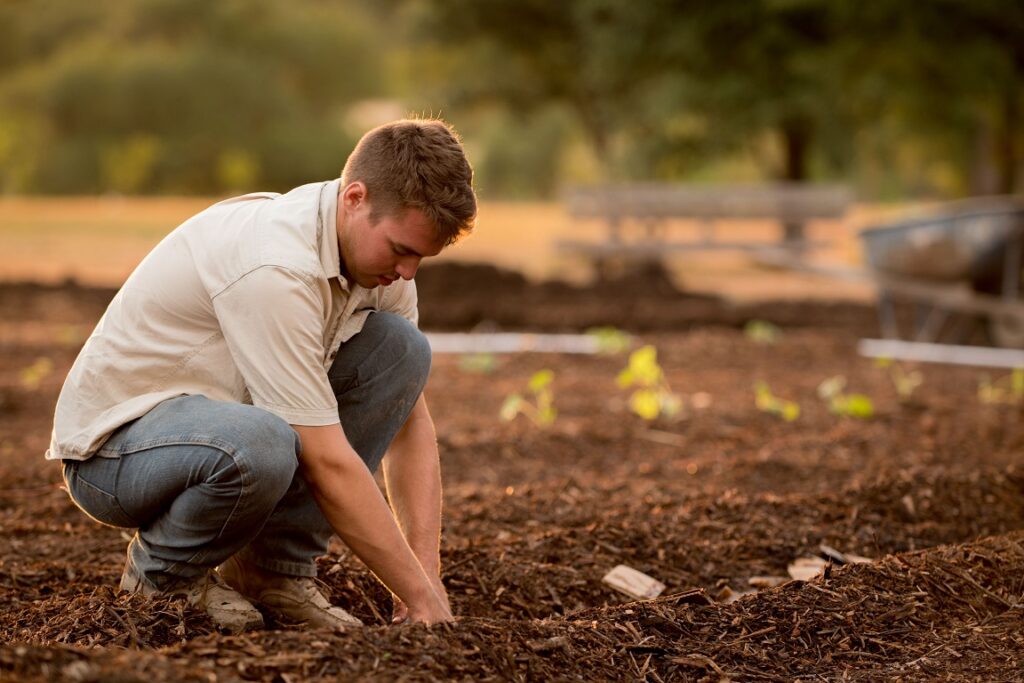If you’re planning a new garden, the first priority should be soil. It is crucial for plants to grow; it provides them with real estate and water.”
Where the ground meets the earth, a garden begins. And while it may be easy to put a plant in any type of dirt, there are some key differences between soil types that will directly impact the plant’s growth.
Understanding these differences is the first step to creating a successful garden.
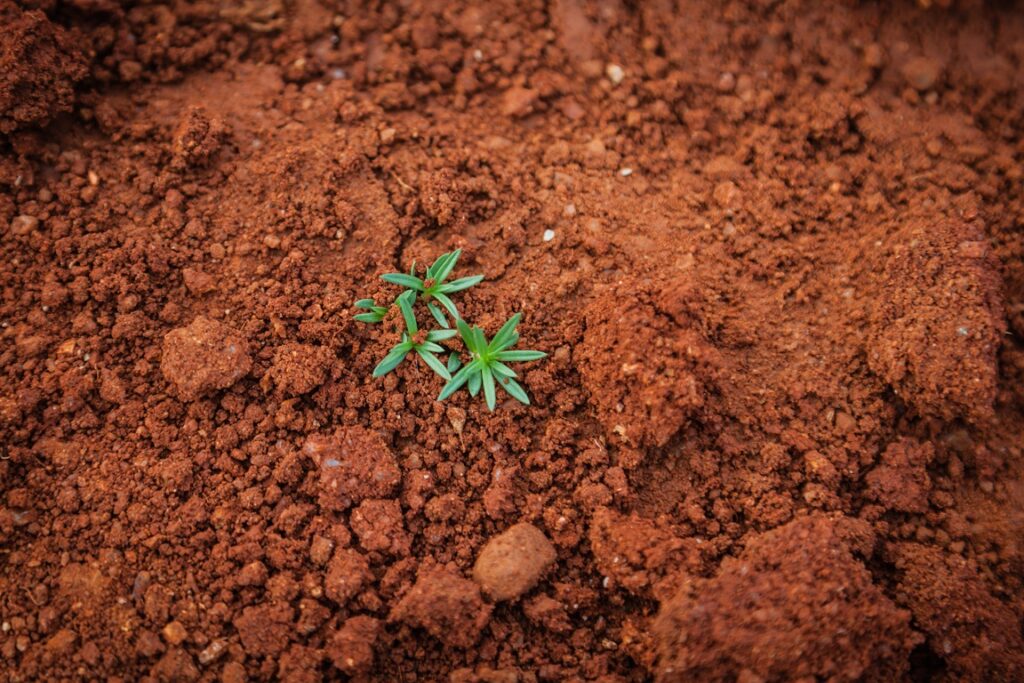
What is Soil ?
Soil is a layer of the earth that consists of organic material and mineral particles. Without it, life as we know it would not exist. It’s important to understand how soil impacts our lives, so let’s take a closer look at the components and properties of this complex substance.
Soil is the thin layer of decomposing plant and animal materials that covers bedrock and other exposed surfaces.
The soil is home to a diverse range of organisms, including bacteria and fungi. Soil is essential for maintaining biodiversity in ecosystems, as it provides habitat for many different types of plants.
Soil is an important part of both the environment and human life. Soil is what plants need to grow, and without it there would be no food for animals or humans.
It is estimated that 50% of human-made pollution ends up in soil, but all of this pollution has impacts on plants, animals, and people. These impacts are caused by reactions between pollutants and chemicals in the soil.
What are the types of Soil you have ?
- Sandy Soil – Sandy soil feels gritty when you hold on because it has large particles.Sandy soil is a type of soil which is composed primarily of sand. It is easily moved by wind and water, and can be very dry due to the lack of organic material.
- Silty Soil – Silty soil feels semi-soft dirt; it possesses smaller particles and feels oily.Silty soil is a type of soil that is composed primarily of silt particles. Silt particles are small, fine-grained sediments that are created by the erosion of rocks and minerals. They are typically less than 0.002 millimeters in diameter.
- Clay Soil – It feels rubbery , clay-soil feels sticky when wet and moist, with a fine particle size.Clay soil is a type of soil that has high levels of clay in it. Clay soil is typically found in areas that are close to the water table, near the coast, or in areas with heavy rainfall.Clay soil has a very high water retention capacity and it also has a very low permeability.
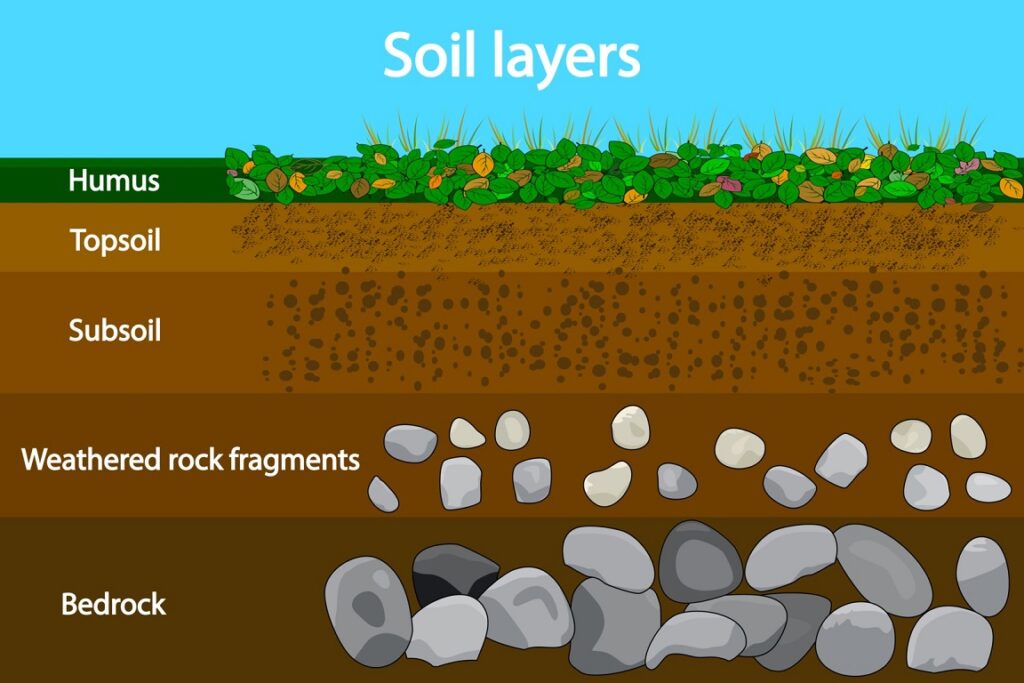
What is Garden Soil ?
Many gardeners get by with grabbing a bag of soil from the store, but do they know what’s in that bag? In this article, we will discuss what kind of soil is best for your plants and how to improve the freshness of the soil you have.
Now coming to what is garden soil? Well, it depends, but the most common type of soil found in gardens is what’s called loam.
Loam is a mixture of sand, silt and clay mixed through which creates a balance of all three components.
Garden soil is made up of several different components and balances between them. The major components are sand, silt and clay and the balance of these three determines the texture and productivity of the soil. A soil’s texture can be determined by how it feels in your hand: sandy soils feel gritty while silty soils feel smooth.
Additionally, ingredients like composted bark, mushroom compost and chicken manure may be added to dry topsoil in order for garden soil to produce abundant productivity.
Organic matter in the garden soil makes its texture more porous, which means that water has better penetration. It also increases size openings of sandy soils to allow for healthy root development.
How to prepare garden soil ? Tips to prepare garden soil
A garden is a wonderful place to grow vegetables, flowers, and fruit trees. Before you can grow anything in your garden, it’s necessary to prepare the soil so that there are nutrients for new plant growth.
Most crucial aspect of gardening is soil preparation.The steps below will help you get started with this process.
- Clean-Up – In order to prepare soil, it is important to first remove any weeds or other unwanted plants to prevent them from growing back. Remove rocks and pebbles if any.
- Dig Up – Next, dig up the soil to a depth of about 6-8 inches and break up large clumps with a hoe
- Aerate Up – The most important step in preparing garden soil is to aerate the soil with a garden fork to break up large chunks of compacted dirt.
- Mulch Up your Soil -Install an organic material, such as pine straw or leaves, which will provide nutrients for the plants and slow down evaporation during hot months as it will hold up moisture.
- Add Manure -. Add compost and aged manure as these will enrich the soil, making it more fertile for plants
- Prepare a bed with the soil for your plants and plant them carefully.
- Water – Provide sufficient water necessary, Wait for it to settle.
Gardeners with small or limited access to compost or other types of soil additives will need to find an effective way to prepare their soil before planting.
It is important to read the requirements for your specific plants before you start preparing the soil, as this will determine how it needs to be prepared.
For example, some vegetables may not grow well in acidic soils, so you would need to use more lime. Some vegetables are also better suited for sandy soils, while others prefer clay.
Soil pH should be tested, to prevent nutrient deficiencies in plants
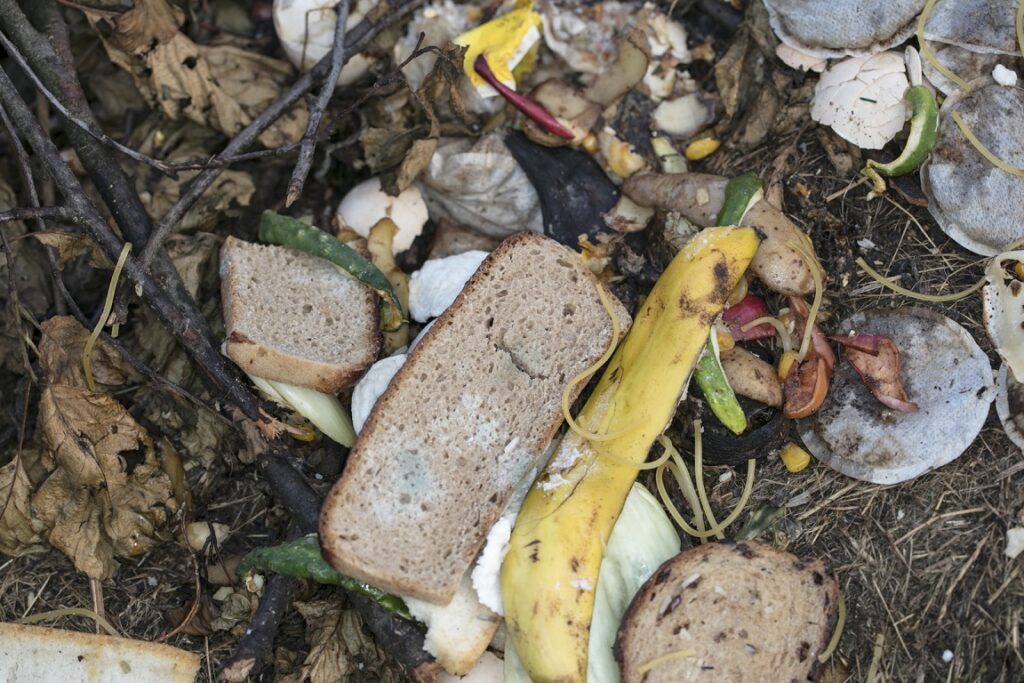
What is with pH of Soil ? Know the basics of Soil pH
The pH of soil affects the availability of nutrients to plants. The natural pH of soil is 7, but it can be changed by adding certain materials such as limestone or ashes etc . There are three categories that plants grow best in- acid, neutral, and alkaline.
The pH scale is a very important component of soil health. A soil’s pH can vary from acidic to alkaline, which can have a negative effect on the plants that grow there.
Soil pH is the measure of how acidic or alkaline a soil is on a scale of 0-14.Soil pH levels are determined by the balance of hydrogen ions.
Plants require a specific soil pH range for optimal growth, but it is very difficult to change a soil’s pH after it has been established.
Having the correct pH in your garden can go a long way to determining how well plants will grow, and what types of plants will thrive. It’s generally recommended that the ideal pH for most plants should fall between 6.5-7.5, because this is where they are able to absorb nutrients best.
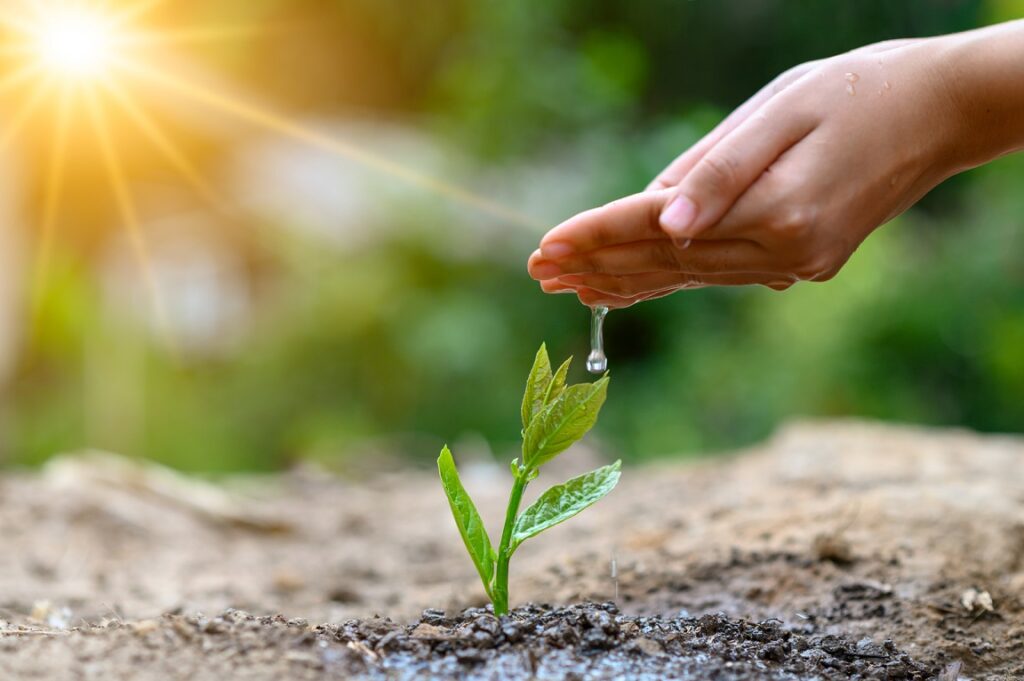
How to take care of Garden Soil once you've planted your seeds or transplants ?
People who love to garden know the importance of not only planting seeds or transplants in healthy soil, but also caring for that soil once it has been planted.
Although most people think they should just water the ground and wait for it to grow, this is not true. If you want your plants and garden to thrive, then you need to take care of the soil.
Here is a simple and effective way to care for your soil:
1) Keep the soil moist, but not wet. This will encourage the growth of good bacteria and fungi to break down organic material in the soil, which helps keep it healthy. Do not overwater.
2) Add compost or fertilizer every few weeks to keep your plants growing strong.

